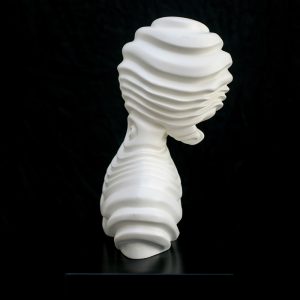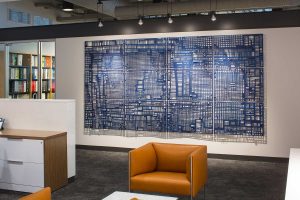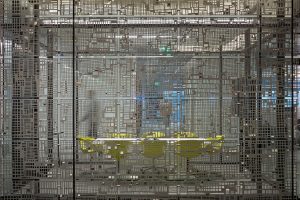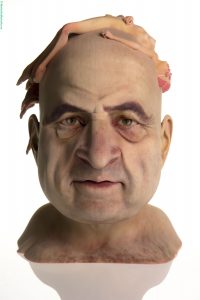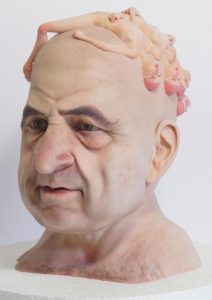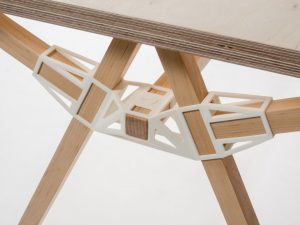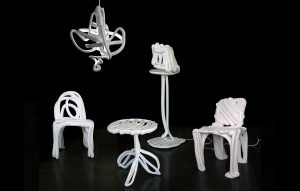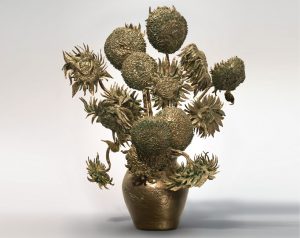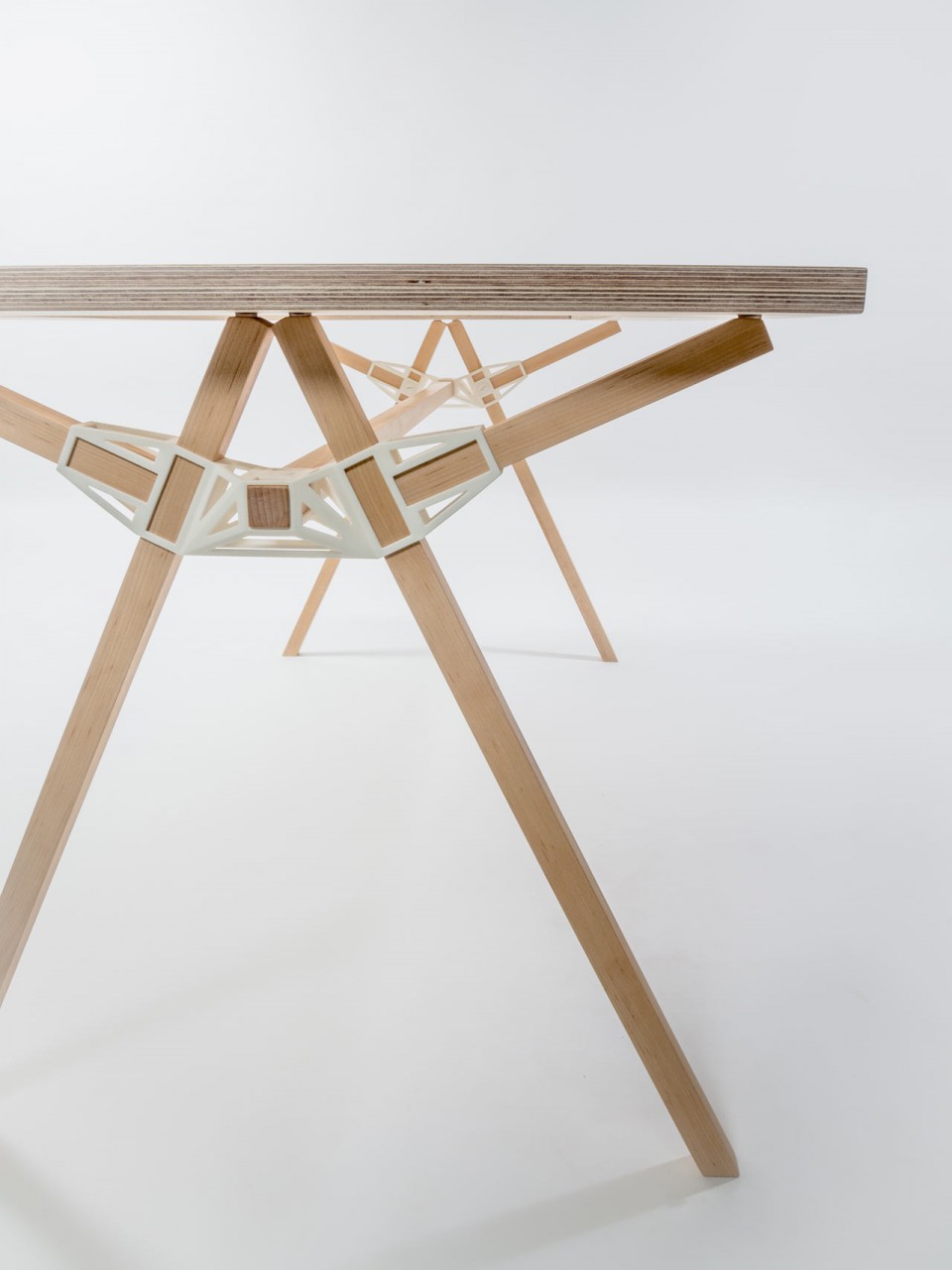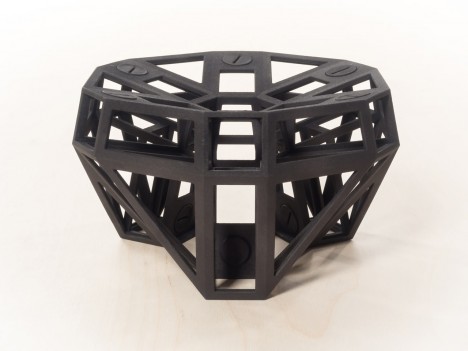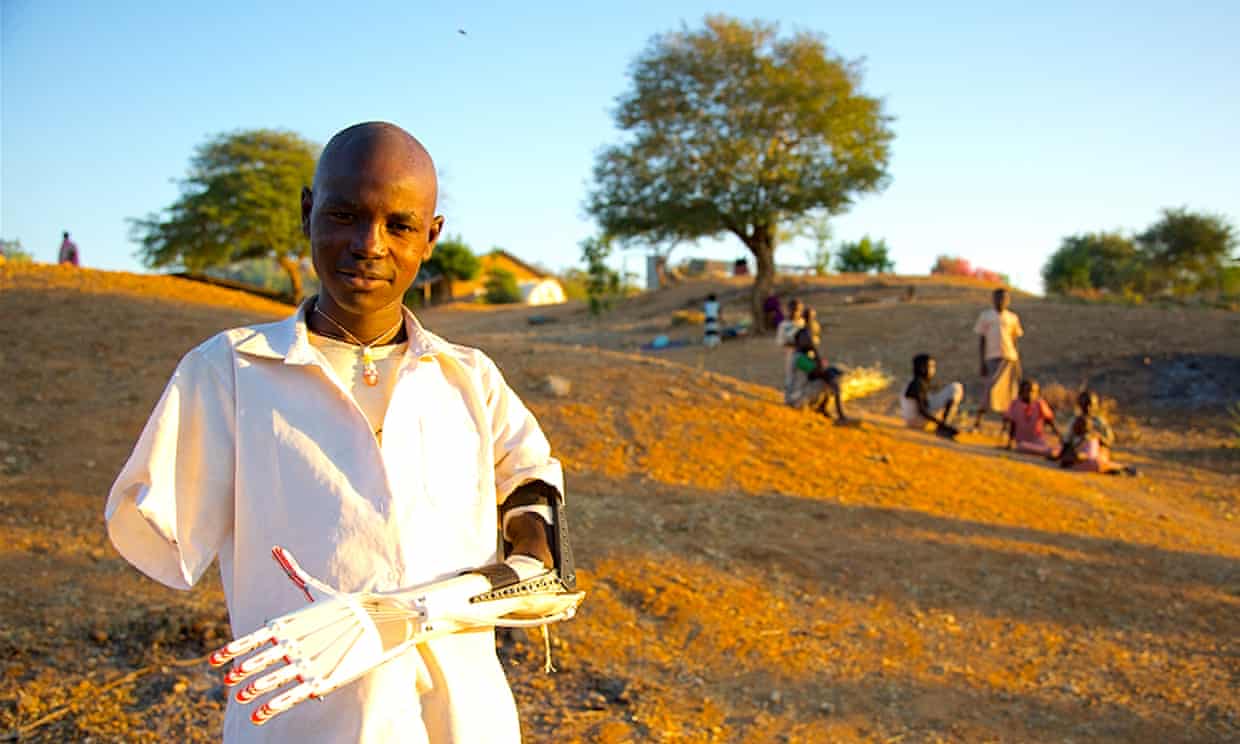Designing a structure based on the behaviors of water
This project was created by the students of the Architectural Association School of Architecture in London. They derived the shape from studying fluid liquid movements – the way it moves, how it shapes it self in containers, how it reacts on surfaces. The flow and direction of the structure are particularly noted for the final creation also takes into account of the water cycle.
I like how the project takes a very natural elements and uses that to base the structure. Not only is the shape unique and interesting, the structure also takes account the of human interaction and comfort. When it rains, the sculpture is also designed to collect, distribute, and store water, thus also providing a environmental friendly piece. I usually expect very stiff or geometric forms when it comes to a computational piece; however, I enjoy how this piece integrates the environment as inspiration and saves rain water while inside, people can appreciate markets, plazas, and other enjoyments.
The artists definitely used a unique algorithm to measure something as fluid as water in order to study the movements and directions.
![[OLD FALL 2017] 15-104 • Introduction to Computing for Creative Practice](../../../../wp-content/uploads/2020/08/stop-banner.png)
